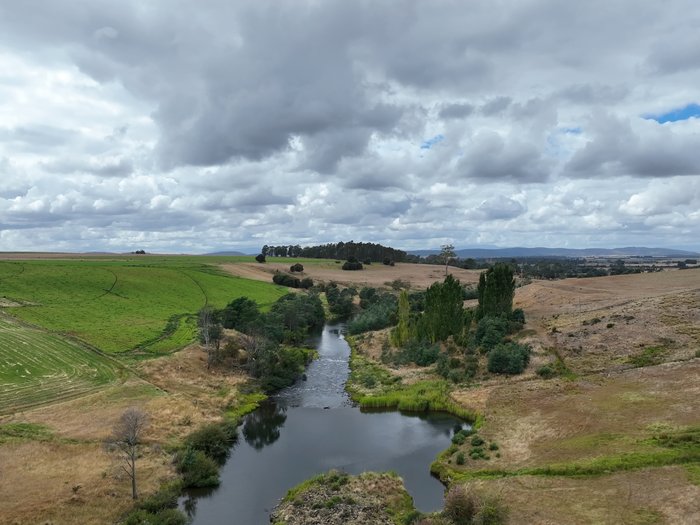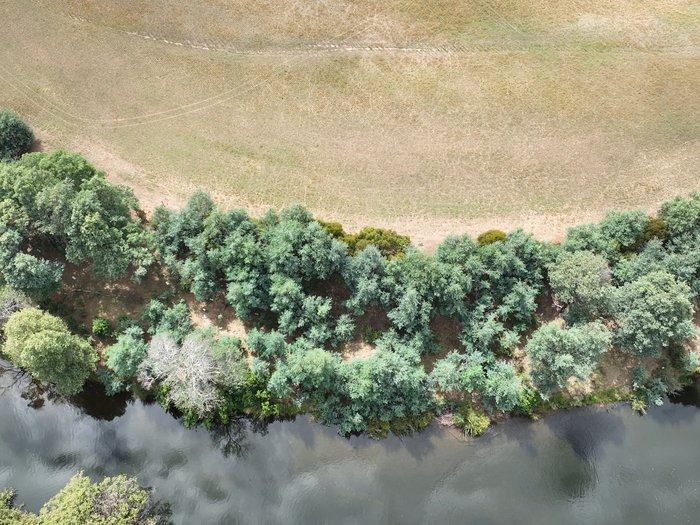Catchment Works Program delivers big wins for farms and the Tamar estuary
2 October 2025

A new video series has been released to celebrate the successes of Tasmanian farmers and landholders who have played a leading role in protecting the health of the Kanamaluka / Tamar estuary through the Catchment Works Program, delivered by NRM North since 2018 under the Tamar Estuary River Health Action Plan.
The program ran alongside TasWater’s upgrades to Launceston’s combined sewer and stormwater system, with a target of reducing pathogens entering the estuary by 4.7 per cent between Launceston and Legana. Results have exceeded expectations—achieving more than double the reductions anticipated through on-farm works, and 1.4 times the target through sewage intrusion investigations.
NRM North Operations Manager, Jesse Webster, said the results demonstrate how on-farm improvements can help buffer waterways against increased intensity of land use and other pressures, while delivering practical benefits for landholders.
“Stock exclusion fencing along waterways was the major feature, with close to 660 kilometres installed across dairy and grazing properties. More than 2,600 hectares of milking platform now have improved effluent management, along with over 3,100 hectares of riparian area protected,” he said.
In partnership with City of Launceston, Meander Valley and West Tamar Councils, thirteen stormwater catchments were investigated across greater Launceston, with 44 cross-connections between sewage and stormwater identified and rectified through the 2-year program.
Farmers reported noticeable benefits on-farm too. New fencing allowed better stock management, improved pasture growth and reduced bank erosion, while stock health and productivity improved through cleaner off-stream water. Many also noted increased wildlife on their properties, with birds and frogs returning to rehabilitated riparian habitat.
A key reason for success has been the program’s flexible, practical approach. Funding was allocated transparently, based on environmental merit, and recognised landholder priorities such as improved stock management and infrastructure upgrades. Importantly, 76 per cent of participants said the scale of works would not have been possible without the support provided.
With landholders contributing almost half the total investment—$5.6 million—the program has been a true partnership between farmers, industry, government and community.
For Tasmanian agriculture, the Catchment Works Program has delivered significant benefits for human health, lasting environmental improvements and stronger farm productivity and resilience. Funded by the Australian and Tasmanian governments through the Kanamaluka / Tamar Estuary River Health Action Plan, an initiative of the Launceston City Deal, the program provides a blueprint for water quality improvement works in the region and beyond. The new video series can be viewed at nrmnorth.org.au.
